| instrument | Test pollutants | principle | measuring range | precision |
| SO2analyzer | So2 H2S | Pulsed ultraviolet fluorescence method | 0~2000x10-9 | 0.5x10-9 |
| NH3analyzer | NO2 NO NH3 | Chemiluminescence method | 0~2000x10-9 | 0.5x10-9 |
| ppbRAE3000 | TVOC | PID | 0~5000x10-6 | 1.0x10-9 |
| Gas chromatography-mass spectrometry linkage instrument | individual event MC | Chromatographic separation analysis | 0.5ug/m³ |
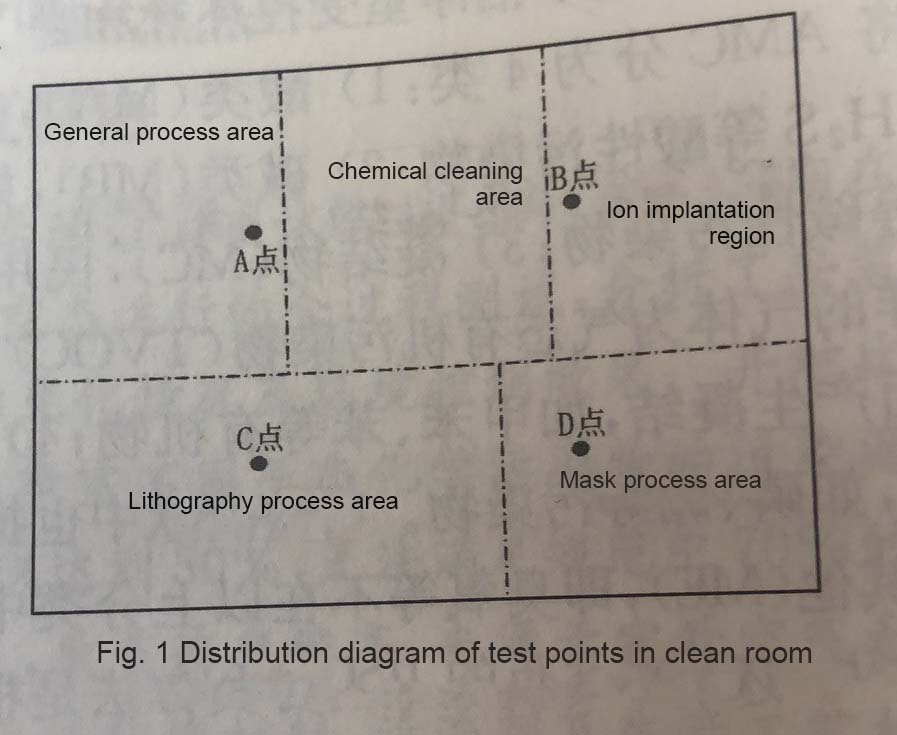




| SO2+H2S | NH3 | MC | |
| Average before installation | 9.6X10-9 | 114.8X10-9 | 2118.8ug/m³ |
| Average value after installation | 1.9X10-9 | 54.9X10-9 | 222.7ug/m³ |
| Final stable value | 1.9X10-9 | 25.1X10-9 | 67.7ug/m³ |
| rate of decline | 80.2% | 78.1% | 96.8% |
| Volume fraction of point A | Volume fraction of point B | |
| toluene | 1.69 | 0.5 |
| ethylbenzene | 2.43 | 2.09 |
| ortho-xylene | 3.10 | 2.26 |
| M-p-xylene | 8.56 | 6.90 |
| dichloromethane | 1.93 | 0.68 |
| Chloroform (chloroform) | 0.19 | 0.19 |
| benzene | 0.32 | 0.27 |
| 1,2- dichloroethane | 1.76 | 0.44 |
| 1,1,2- trichloroethane | 0.20 | 0.20 |
| tetrachloroethylene | 0.79 | 0.14 |
| styrene | 1.75 | 0.50 |
| trimethylbenzene | 0.64 | 0.48 |

| acetic acid | ethanol | Isopropyl alcohol | carbon tetrafluoride | Tetrafluoroethane | hexafluoroethane | |
| Volume fraction/10-9 | 18.2 | 184.7 | 71.4 | 2.4 | 37.3 | 92.3 |
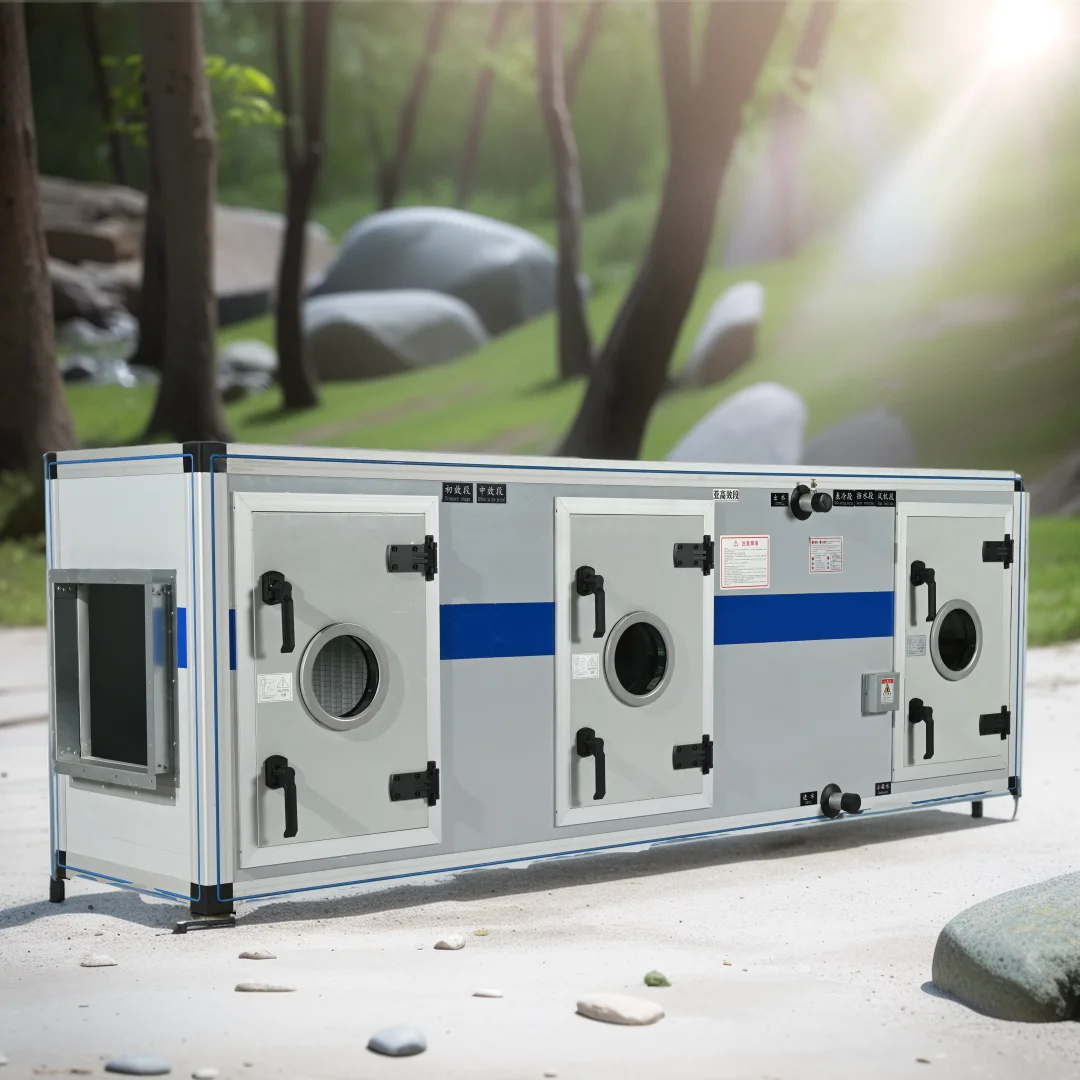 Water source rooftop chiller unit part in HAVC
Water source rooftop chiller unit part in HAVC
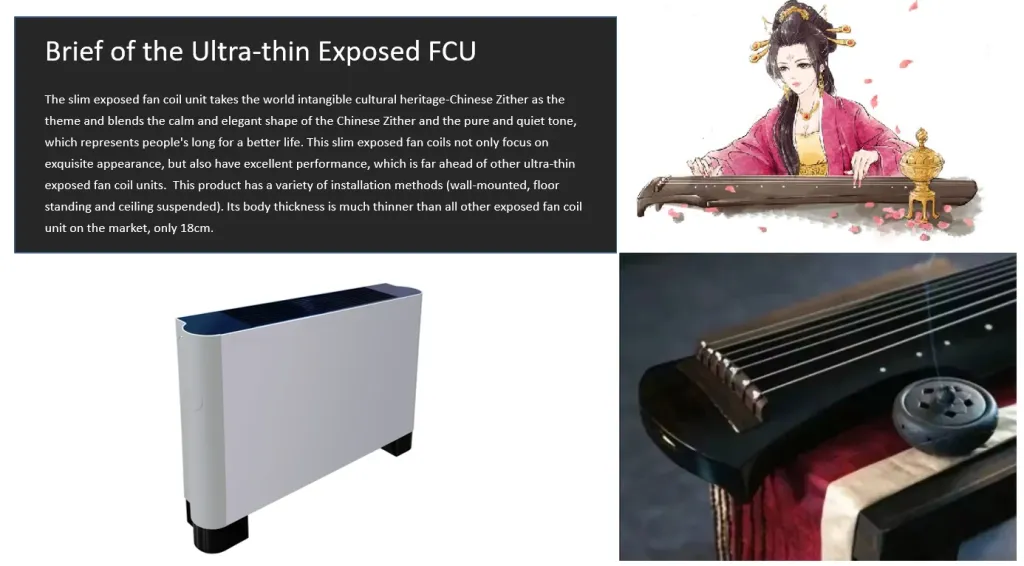 The quietness and efficiency of Guqin series Horizontal Ultra-Thin Concealed fan coil units
The quietness and efficiency of Guqin series Horizontal Ultra-Thin Concealed fan coil units
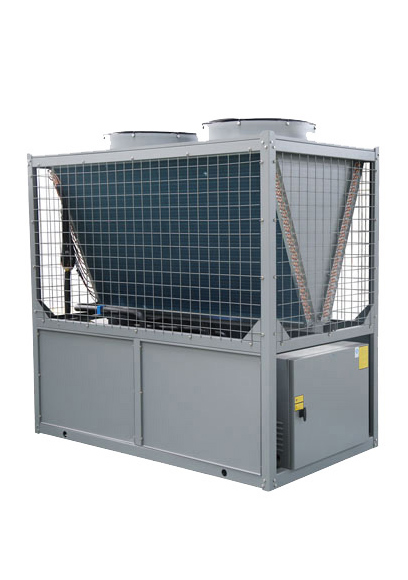 Ultra-low temperature air source heat pump principle and core technology
Ultra-low temperature air source heat pump principle and core technology
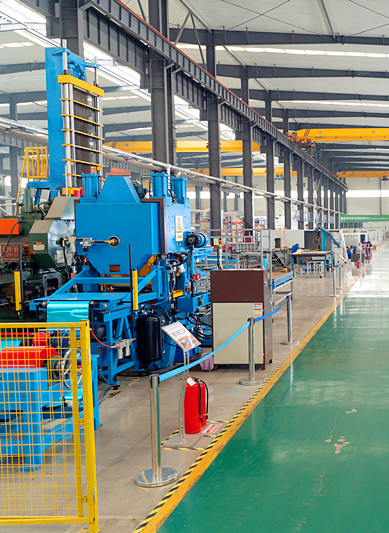 Fan Coil Unit Selection And Product Advantages
Fan Coil Unit Selection And Product Advantages